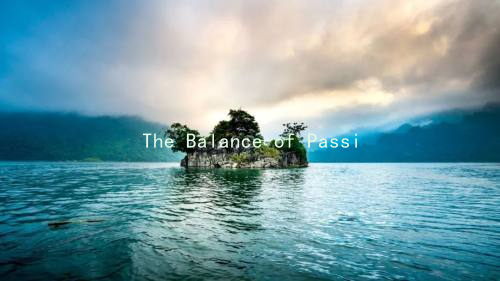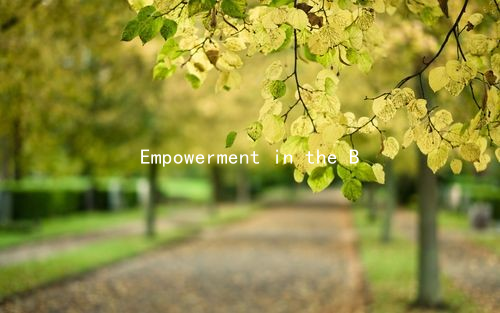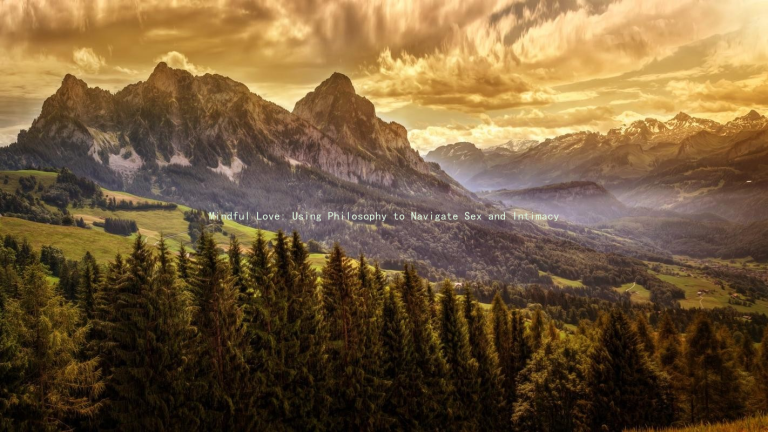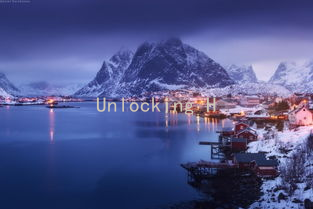The Art of Seduction: Lessons from Art History for Modern Romance
The allure of romance has captivated humanity for centuries, and just as art has evolved, so too have our approaches to love and attraction. Drawing inspiration from the intricate world of art history, we can uncover timeless strategies and philosophies that can enhance modern romance. Here are several valuable lessons that the art of seduction can teach us.
One of the most influential art movements is the Renaissance, a period characterized by a rebirth of classical beauty and humanism. It emphasized the importance of individual expression and emotional depth, which can be translated into the world of dating. In modern romance, being authentic and showing vulnerability are powerful tools. When we share our true selves—our hopes, dreams, and even fears—it fosters a genuine connection with potential partners. Emulating the Renaissance ideals, we can create relationships that are not just about physical attraction but also about intellectual and emotional resonance.
Another lesson can be drawn from the Baroque period, known for its dramatic expressions and rich, sensual imagery. Baroque artists knew the value of creating atmosphere, often using light and shadow to evoke emotion. In the context of romance, setting the right mood can significantly enhance the connection between two people. Consider the importance of ambiance—candlelit dinners, thoughtfully curated playlists, or serene outdoor settings can elevate an ordinary date into an unforgettable experience. The goal is to create an environment where romance can flourish, allowing both partners to feel more at ease and open to each other.
Moving into the modern era, the advent of Impressionism introduces us to the importance of perception. Artists like Monet captured fleeting moments, emphasizing the beauty in everyday life. In the realm of dating, its crucial to be perceptive of non-verbal cues—body language, tone of voice, and facial expressions. These subtle signals can tell us as much about our date’s feelings as their words. By honing our observational skills, we can respond appropriately and create a more engaging and enjoyable interaction.

Additionally, the Surrealist movement encourages us to embrace creativity and spontaneity. Surrealism celebrates the unexpected and the unconventional, reminding us that romance need not be a scripted play. Embracing spontaneity could mean planning an impromptu adventure, sharing quirky ideas, or even expressing thoughts that may seem outlandish. In modern relationships, the ability to surprise and challenge each other not only keeps things exciting but also deepens the bond through shared experiences.
Lastly, we can learn from the minimalism prevalent in contemporary art, which often conveys powerful messages through simplicity. In romance, this translates to clear communication and honesty. Instead of playing games or relying on mixed signals, being straightforward about feelings and intentions is vital. Ensure that your words and actions align; authenticity builds trust and respect, forming a solid foundation for lasting relationships.
In conclusion, the lessons from art history provide profound insights into the art of seduction and romance. By embracing authenticity, creating the right atmosphere, being perceptive, championing spontaneity, and communicating clearly, we can enhance our romantic endeavors. Just as art continually evolves, so too can our approach to love—cultivating meaningful connections that reflect the beauty of human expression. As we navigate the complexities of modern romance, let us remember that the true art lies not only in seduction but also in understanding and nurturing the bonds that we create.





